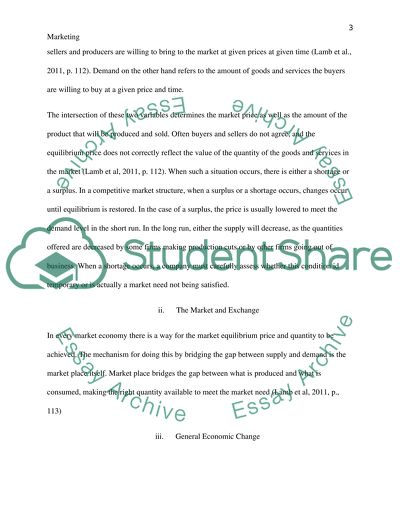Cite this document
(“External Marketing Environment Essay Example | Topics and Well Written Essays - 1250 words”, n.d.)
Retrieved from https://studentshare.org/marketing/1455919-the-external-environment
Retrieved from https://studentshare.org/marketing/1455919-the-external-environment
(External Marketing Environment Essay Example | Topics and Well Written Essays - 1250 Words)
https://studentshare.org/marketing/1455919-the-external-environment.
https://studentshare.org/marketing/1455919-the-external-environment.
“External Marketing Environment Essay Example | Topics and Well Written Essays - 1250 Words”, n.d. https://studentshare.org/marketing/1455919-the-external-environment.


